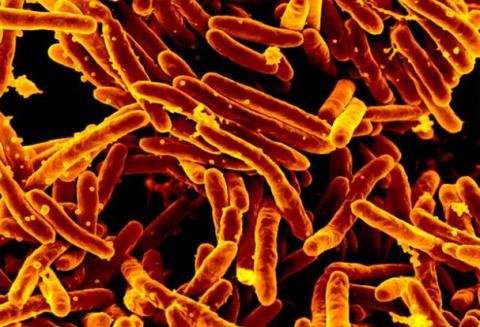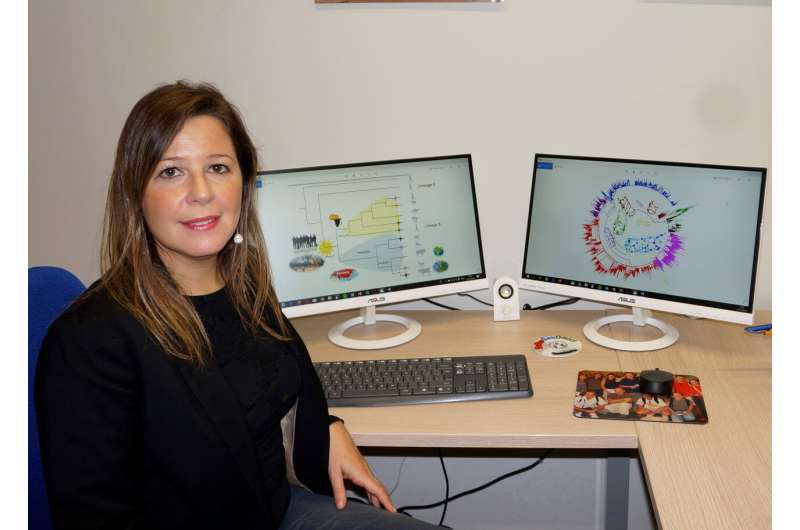Tuberculosis study reveals a new lineage of disease in eastern Africa

Mireia Coscollá, a researcher at the Institute for Integrative Systems Biology (I2SysBio), a joint center of the University of Valencia and the Spanish National Research Council, has led a study on the bacterium that causes tuberculosis, one of the 10 deadliest diseases in the world, which proves the existence of a new lineage. After analyzing 675 African genomes in an article published in the journal Microbial Genomics, he concludes that the new lineage, named L9, is located mainly in the eastern part of the continent.
The goal of this research was to expand the information on the genetics, phylogeography and evolutionary history of M. africanum, one of the groups into which the bacteria of the species Mycobacterium tuberculosis are divided. This bacterium was the cause of more deaths than any other infectious disease until SARS-CoV-2 appeared and is among the top ten causes of death worldwide, especially in Sub-Saharan Africa. In this area, the most widespread lineages that cause this disease are lineage 5 (L5) and lineage 6 (L6), of which there is still not much information compared to the more widespread lineages in Europe, North America and Asia.

The novelty of the research, in which Paula Ruiz has also participated on behalf of I2SysBio, is that, in addition to the expected lineages 5 and 6 of M. africanum, they have discovered a new one that shares similarities with L6, but with a different geographic distribution than the rest of the African variants, in addition to a substantial genetic separation. This new variant, which they suggest calling Lineage 9 (L9), is present only in samples originating from East Africa, while the vast majority of L5 and L6 genomes came from West Africa and Central Africa.
Mireia Coscollá, Ramón y Cajal researcher, has highlighted the importance of genetic diversity studies of M. africanum, since a large part of the studies addressing this disease focus on Europe and North America, while Africa is much less studied. She says, "a good understanding of the populations of any organism entails knowing all its populations, especially in the case of M. tuberculosis in Africa, where the infection caused by this pathogen hits very hard and cannot be ignored."
Another objective of the research has been to use the genome to infer the resistance of the L5 sublineage to some antibiotics, an aspect that had been shown in previous studies with smaller and less diverse data sets, but which has not been confirmed with larger amounts of data.
More information: Mireia Coscolla et al. Phylogenomics of Mycobacterium africanum reveals a new lineage and a complex evolutionary history, Microbial Genomics (2021). DOI: 10.1099/mgen.0.000477



















